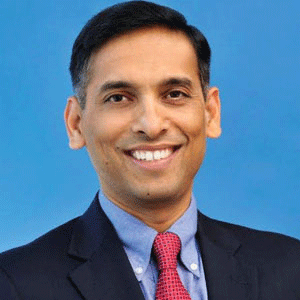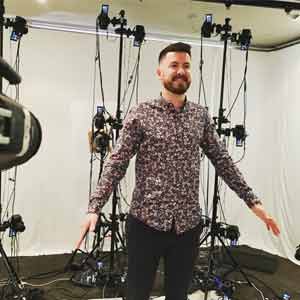THANK YOU FOR SUBSCRIBING

Augmented Reality to Improve Urban Mobility
Gregory G. Curtin, Founder and CEO, Civic Resource Group


Gregory G. Curtin, Founder and CEO, Civic Resource Group
As urban population grows, travel from one place to another efficiently is becoming a daunting task. Applications that leverage technologies such as Augmented Reality (AR)—the ability to provide additional information in real world context—could hold the key to address these issues.
Single occupancy vehicles are no longer the assumed choice for getting from one place to another. This is due to economic factors (cost per mile, time wasted in congestion) and sustainability issues (amount of air pollution generated). It is the responsibility of the civic entity (city or region) to offer and facilitate more efficient means of transportation. Fitting under the umbrella of Smart City initiatives, urban mobility planning encompasses data operations and infrastructure around single occupancy vehicles and public transit such as buses, trains and alternatives such as bikes, and shared mobility. Private ride hailing services, bike share and car share; formal carpools and van pools, and new autonomous vehicles are gaining immense popularity due to the convenience they offer. “Today’s trend is to provide urban mobility information to the individual” Today’s trend is to provide urban mobility information to an individual. It begins with route planning–using all available means of transportation to get from one place to another. The citizen or visitor may choose to optimize the trip based on one or more factors. These range from the fastest, cheapest route and a route that generates the smallest carbon footprint to a route with the fewest changes between public transit lines or one that provides a range of experiences or amenities along the way.
Augmented reality can help individuals to easily navigate their urban mobility options by providing information on their finger tips. There are several examples validating this claim. Anyone who has used Google maps has seen the map information augmented with real time sensor-based traffic information while Waze provides augmented maps with crowd sourced information about accidents. These, however, are just the beginning.
Augmented reality offers a wealth of possibilities that can make urban mobility more accessible and safer today and in the future. Here are just
Augmented reality also holds promise for the civic institutions responsible for promoting urban mobility. The same applications with heads up displays for individual drivers can be used by public transit drivers to improve safety and efficiency. Maintenance workers could improve productivity with augmented reality applications to point at an asset (rolling or fixed) and immediately view all relevant history, or maintenance specifications and manuals. Additionally, data aggregated from individual users of augmented reality applications can provide transit operators with valuable information that can be used for planning purposes.
What is the technology behind these augmented reality applications? It starts with collecting disparate static and real time information. Static information may include location of venues, public transit schedules, and identifying markers (also known as triggers) in the real world environment. Real time information could include everything from location of buses or trains to data from road sensors, cars, intersections, weather, or significant events, and finally to data generated by the users of the urban mobility ecosystem. All this data needs to be parsed and normalized so it is easily accessible. It involves massive amounts of data aggregated in a big data store aware of all types of data–location, real time, static as well as contextual information acquired from the urban environment.
A cloud based central repository, typically built around a NoSQL database, allows for large volumes of rapidly changing data to be accessed very quickly and reliably. It also has the ability to have a dynamic schema, auto partitioning for scalability, replication and integrated caching. On top of that is a scalable asynchronous event driven framework that provides excellent data streaming and low latency throughput.
The front end consists of a dynamic user application that is really a framework that is installed on the user’s device. Depending on input from various information sensors, this framework creates an "application" including all UI, UX and data appropriate to the location, time, and user preferences ascertained from the device and cloud based resources.
This allows developers to build personalized mobility planning applications that become a personal mobile assistant. Letting a person know when it is time to leave, what is the best method of travel, how much it is going to cost, where to park, and pointing out appropriate landmarks and points of interest along the way. This augmentation is available on devices we already own such as smartphones, and smartwatches. In the future, this type of augmentation will become integral to applications for wearable devices or heads up displays in cars.
These smart devices have the ability to alert and inform the user by keeping track of the user’s environments, with the goal of removing the barrier between what is real and what is digitally augmented, giving the citizen or traveler an experience that is informative, entertaining, thought provoking and memorable.












